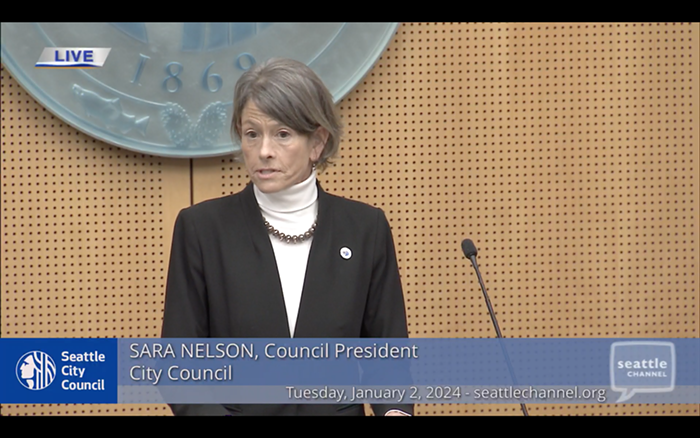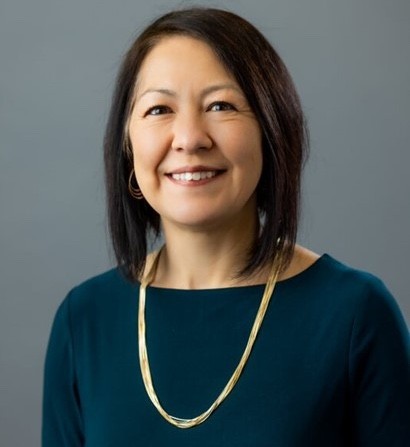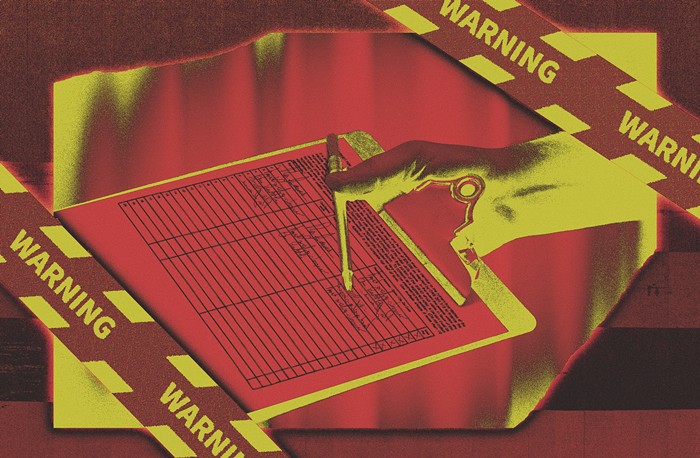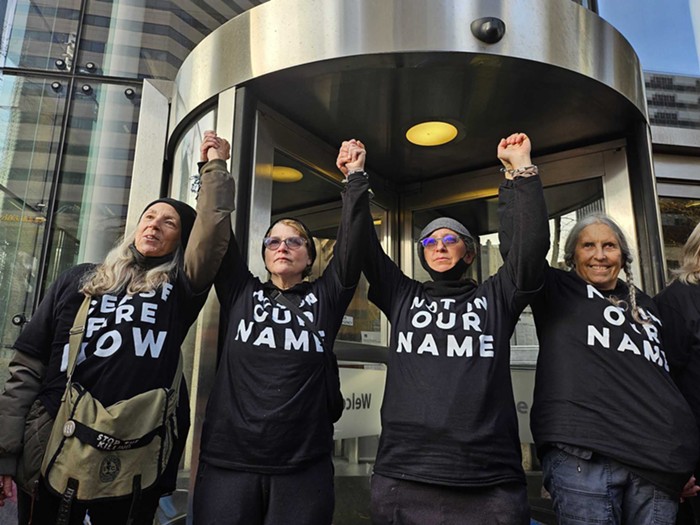The entire overpass shakes when freight trucks rumble across an elevated strip of Edgar Martinez Drive South, over the train tracks next to Safeco Field. Tractor-trailers billow diesel soot as they approach the freeway on-ramp, while charging trains wail under the steel-and-concrete span. It's too loud to hear people speak. And although most people would consider this a freight thoroughfare, the Mariners and the public authority that runs Safeco Field have another way to describe this and three other nearby places: a park and open space.
In a lawsuit that will be heard in King County Superior Court on May 11, the Mariners will argue that a proposed Déjà Vu strip club shouldn't be allowed near the stadium under a 2007 city law that prohibits adult cabarets within 800 feet of schools, community centers, and parks and open space. The club, which the city permitted in December, would be about 400 feet from Safeco Field. Although the Mariners have argued that's too close for the kids who attend baseball games and other functions, the city council rejected that argument in 2007, when it declined to include a special buffer zone around Safeco Field in the strip-club legislation.
Having never thought of Safeco Field nor anything near it as parklike, I asked Mariners spokeswoman Rebecca Hale to give me a tour of these four "parks."
Wearing a blue parka and a dour face, Hale first took me to "Safeco Plaza," a 60-foot-wide sidewalk south of Safeco Field. A man sat on a bench, wolfing down a sandwich, and Hale pointed out he was using the area like a park. However, during the team's 81 annual home games, this "park and open space" fills up with buses, which use the plaza for overflow parking.
The stadium itself, the lawsuit argues, also constitutes nine acres of open space. But unlike most comparably sized open spaces, it's only open to those who pay to enter. Inside, the rules are also quite different than a public park or community center: People can drink beer, for example, but they can't legally panhandle or circulate petitions—activities protected as free speech in public parks.
"Edgar Martinez Plaza," an asphalt lot surrounded by a chain-link fence, is the third "open space." Its three gates are padlocked shut. The expanse is "attuned to passive recreation, such as people watching, sightseeing, and photography," the Mariners' lawsuit says. Hale mentioned that in years past, Ivar's sold fried fish under a canopy in the corner of the lot, but this year the parking lot will remain locked because the state has a lien on the property.
The final "park" is the aforementioned overpass, which is technically a portion of the Mountains to Sound Greenway (MSG), a patchwork of trails running from the Cascades to Elliott Bay. Even MSG spokeswoman Amy Brockhaus could not say conclusively whether the entire trail, which includes the bike lane across the I-90 floating bridge, was a park or open space. "I'm going to get myself in trouble either way I answer," she said. "I think it's a street." And Brockhaus says technically she considers "all of Seattle to be part of the Greenway."
Of course, the Mariners aren't pushing this lawsuit because they love parks (or asphalt). The team is trying to claim the moral high ground in its battle against Déjà Vu. In the petition filed in December, the Mariners said strip clubs have "adverse impacts repugnant to a family entertainment environment." However, the lawsuit never explains how legal activities inside a building a half block away from the stadium would negatively impact kids, nor does it convincingly argue that an asphalt lot, a busy street, a sidewalk, or a private ball field are actually parks.
"We think we can make a pretty compelling case that [these sites] are not... parks," Peter Buck, the attorney representing Déjà Vu, said. ![]()



















